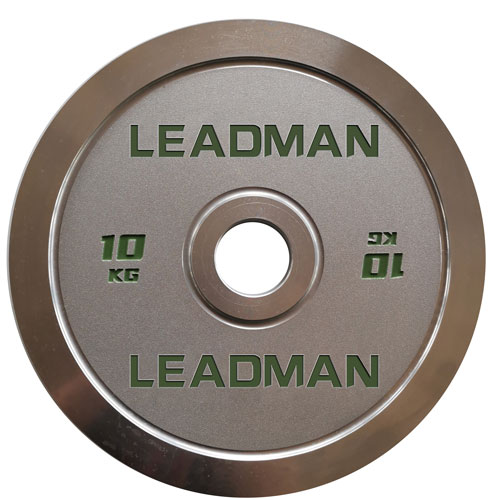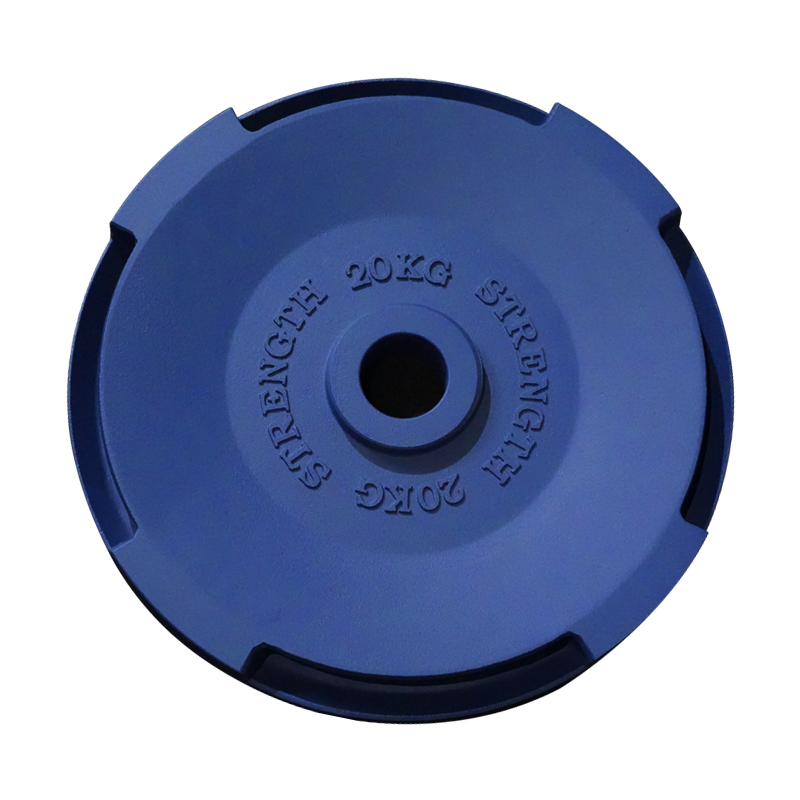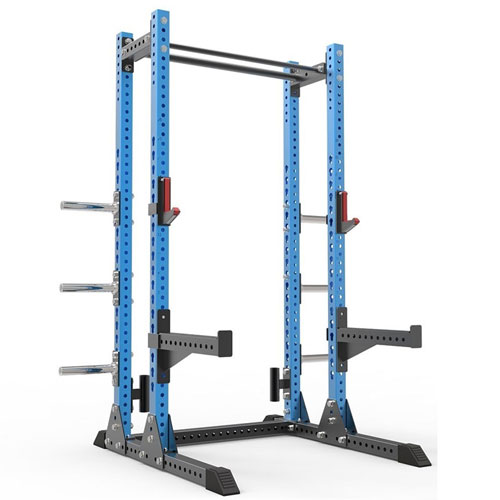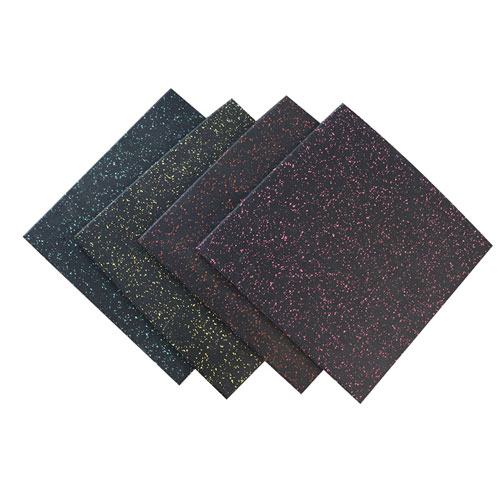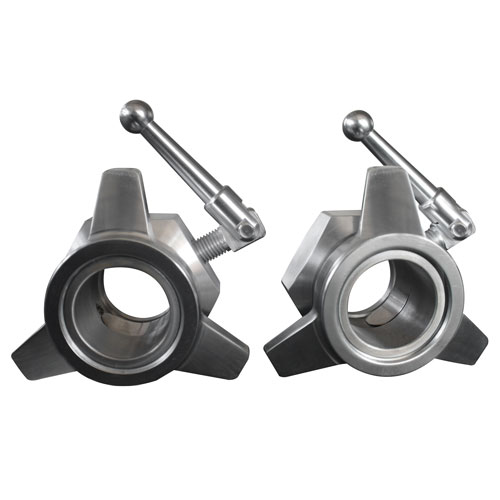What Is The Difference Between Bumper Plates And Competition Plates?
Bumper Plates vs Competition Plates - What's the Difference?
As a competitive weightlifter, having quality plates that perform well is critical for both training and competitions. But with so many plate options out there, it can get confusing - what exactly is the difference between bumper plates and competition plates? In this post, I'll break it down so you know what to use when.
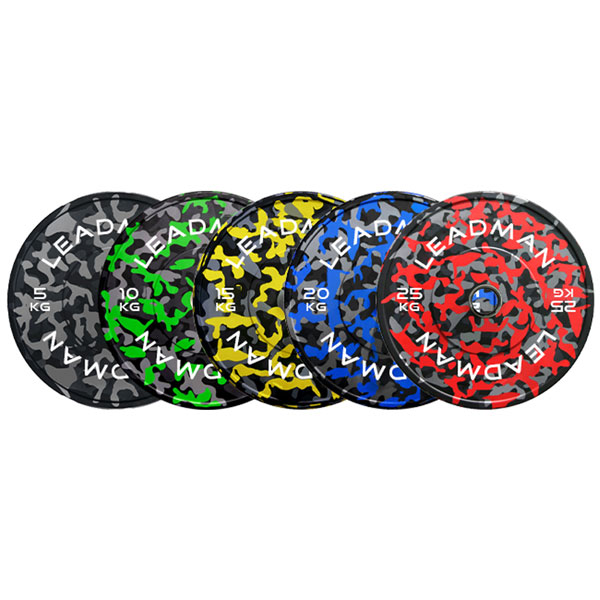
What are Bumper Plates?
Bumper plates are the standard training plates used by Olympic weightlifters and CrossFitters alike. They are made of solid rubber or urethane, allowing them to absorb force when dropped during snatches, cleans, or other dynamic lifts. This protects both the plates and your floors. They come in color-coded weights from 10lb up to 100lb plates.
The key benefits of bumper plates are:
- Durable rubber coating protects against drops
- Produce bounce instead of noise when dropped
- Thick hub ensures a tight and secure fit on bars
- Coated steel inserts for grip
Bumper plates are ideal for daily training, where you need to routinely lift heavy and drop from overhead. They withstand abuse that would destroy iron plates. The bounce also helps lifters re-set for the next rep.
What are Competition Plates?
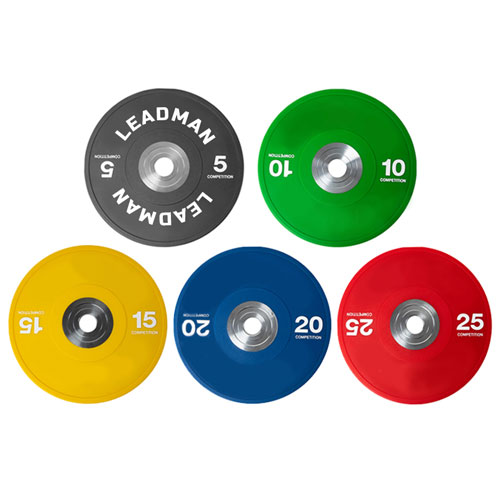
Competition plates are specialized plates designed specifically for Olympic weightlifting meets. They must meet strict IWF standards for dimensions, weight accuracy, materials, and more. Key features include:
- Very precise weight tolerances (+/-0.1% or better)
- Machined steel hubs and holes for exact bar fit
- Standard 450mm diameter and precise heights
- Made of calibrated steel, iron, or urethane
The goal is consistency and accuracy for fair competition. Even a small weight variance could affect rankings. Competition plates also need to fit perfectly on calibrated competition bars.
The downside is competition plates are far more expensive. Lifters only use them for meets, not daily training. They would rapidly break down from repeated drops.
Choosing the Right Plate
For everyday training, quality bumper plates are the way to go. They offer durability for heavy lifting at an affordable price point. Save competition plates only for when you need absolute precision - competitions and PR attempts. Let me know if you have any other gym equipment questions!

